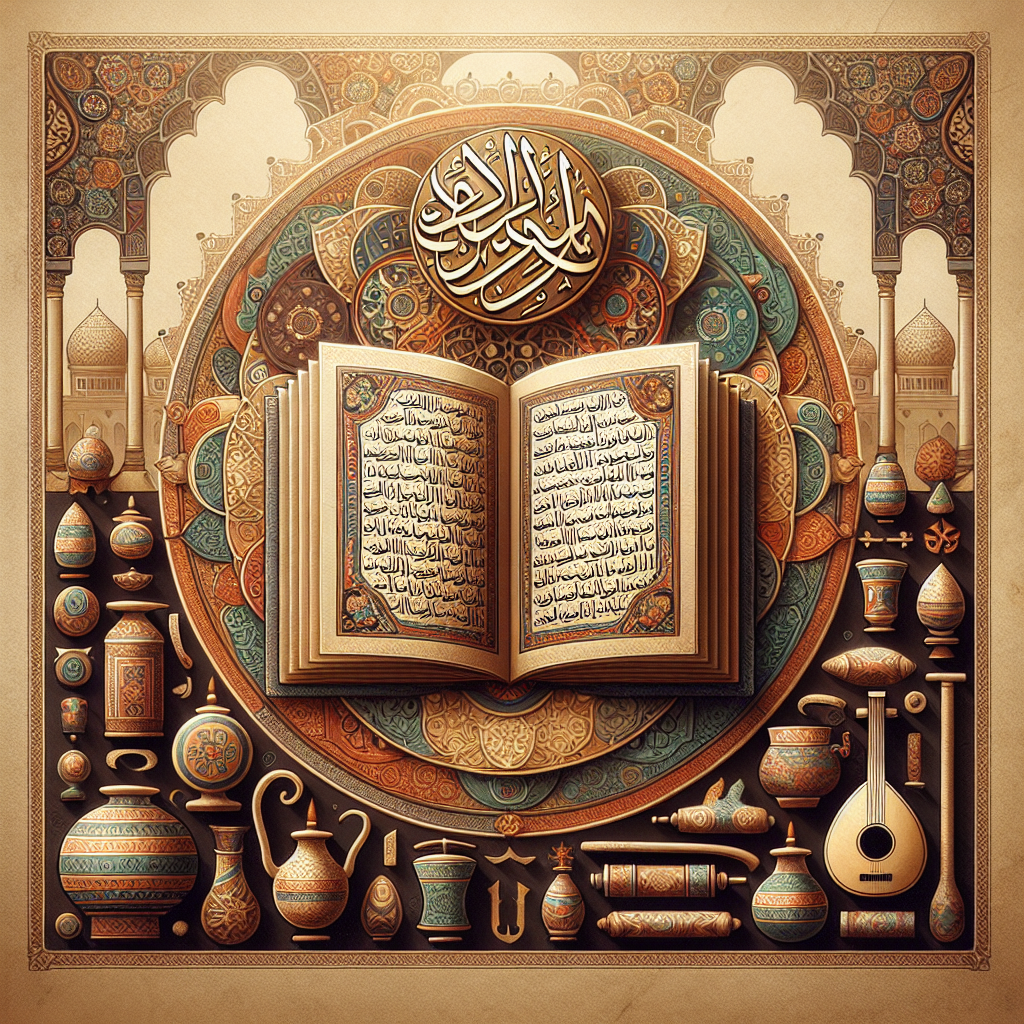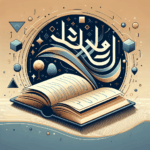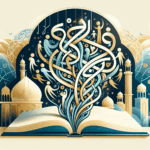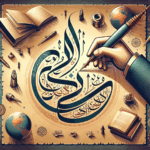The Role of the Arabic Alphabet in Preserving Cultural Heritage 📜
The Arabic alphabet is more than just a writing system; it’s a vibrant thread weaving through the rich tapestry of cultural heritage. From ancient manuscripts to modern-day literature, the Arabic script has played a pivotal role in preserving the cultural identities of diverse communities. Join me on this journey as we explore how this beautiful script continues to guard the essence of cultural heritage.
Table of Contents
1. Introduction: The Arabic Alphabet’s Timeless Influence
2. Historical Significance of the Arabic Script 📚
3. The Arabic Alphabet in Literature and Poetry 📖
4. Arabic Calligraphy: Art Meets Language 🎨
5. Modern-Day Influence of the Arabic Alphabet 🌐
6. Conclusion: A Living Legacy
7. FAQs
Introduction: The Arabic Alphabet’s Timeless Influence
The Arabic alphabet is the cornerstone of a civilization’s story—one that spans continents and centuries. Its significance transcends mere communication; it is the embodiment of cultural identity and historical continuity. So, how did this script become a guardian of heritage? Let’s dive into its historical roots and modern-day relevance.
Historical Significance of the Arabic Script 📚
The origins of the Arabic alphabet date back to the 4th century CE, evolving from the Nabataean script. This script soon became the scriptural fabric for vast regions, from the Arabian Peninsula to North Africa and beyond. The Arabic script was instrumental in documenting religious texts, such as the Quran, which played a crucial role in the spread of Islam and its cultural values. By preserving religious, scientific, and philosophical texts, the Arabic alphabet safeguarded centuries of knowledge and culture.
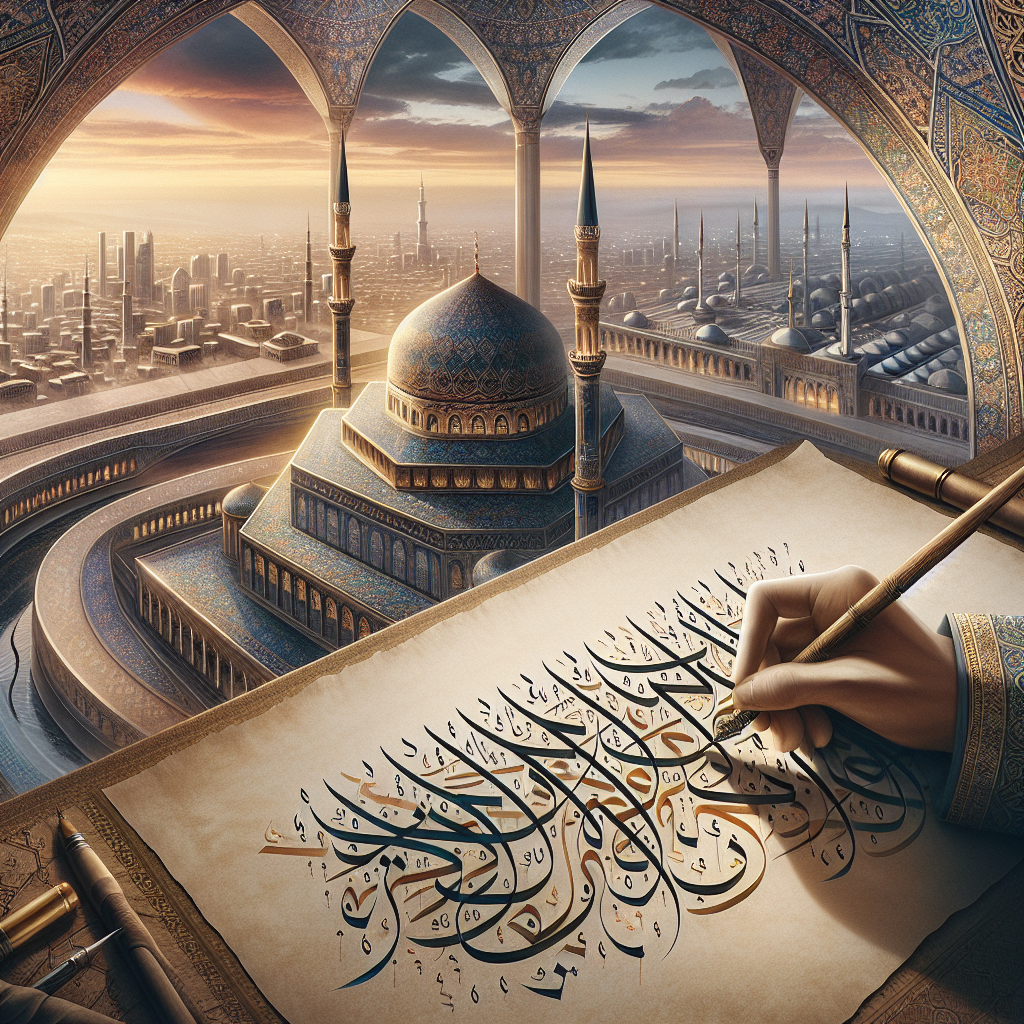
The Arabic Alphabet in Literature and Poetry 📖
Arabic literature is a treasure chest of stories and poetry that reflect the ethos of various eras. From the poignant verses of pre-Islamic poets to the enchanting tales in „One Thousand and One Nights,“ the Arabic script has been the vessel carrying these narratives through time. It allows these stories to resonate with readers, preserving the linguistic beauty and cultural wisdom of the past.
Arabic Calligraphy: Art Meets Language 🎨
Calligraphy is where the Arabic alphabet transforms into an art form. With its flowing lines and intricate design, Arabic calligraphy is not just a visual delight but also a cultural emblem. This artistic expression is seen in architecture, decorative arts, and even modern graphic design, bridging the past with contemporary creativity. It’s fascinating how each stroke in calligraphy tells a story, connecting us to our history.
Modern-Day Influence of the Arabic Alphabet 🌐
In today’s digital age, the Arabic script continues to evolve, adapting to technological advancements and global communication needs. The alphabet is used across various digital platforms, maintaining its relevance and accessibility. Additionally, it plays a crucial role in preserving the linguistic heritage in the face of globalization, ensuring that cultural narratives remain vibrant and alive.
Conclusion: A Living Legacy
The Arabic alphabet is not just a set of letters; it is a living legacy that continues to preserve and promote cultural heritage. Its influence spans beyond language, touching the realms of art, history, and identity. As we move forward, the Arabic script remains a steadfast guardian of the stories and traditions that define diverse cultures.
FAQs
Q1: Why is the Arabic script considered important for cultural preservation? 🤔
A: The Arabic script is vital for cultural preservation because it is used to document religious texts, literary works, and historical records, ensuring that cultural narratives are passed down through generations.
Q2: How has Arabic calligraphy contributed to cultural heritage? 🎨
A: Arabic calligraphy is a unique art form that beautifully blends language with visual art, reflecting cultural values and aesthetics, and is often used in architecture and design.
Q3: Is the Arabic alphabet still relevant in the digital age? 🌐
A: Absolutely! The Arabic alphabet has adapted to digital technologies, playing a crucial role in online communication and helping preserve linguistic diversity in the digital world.
Q4: What are some famous works of literature written in Arabic? 📚
A: Some famous works include „One Thousand and One Nights,“ „The Mu’allaqat,“ and the novels of Naguib Mahfouz, which all showcase the richness of Arabic literature.
Q5: How does the Arabic script influence modern art and design? 🎨
A: The flowing, intricate designs of Arabic calligraphy inspire modern art and design, appearing in everything from fashion to digital graphics, bridging traditional aesthetics with contemporary styles.

